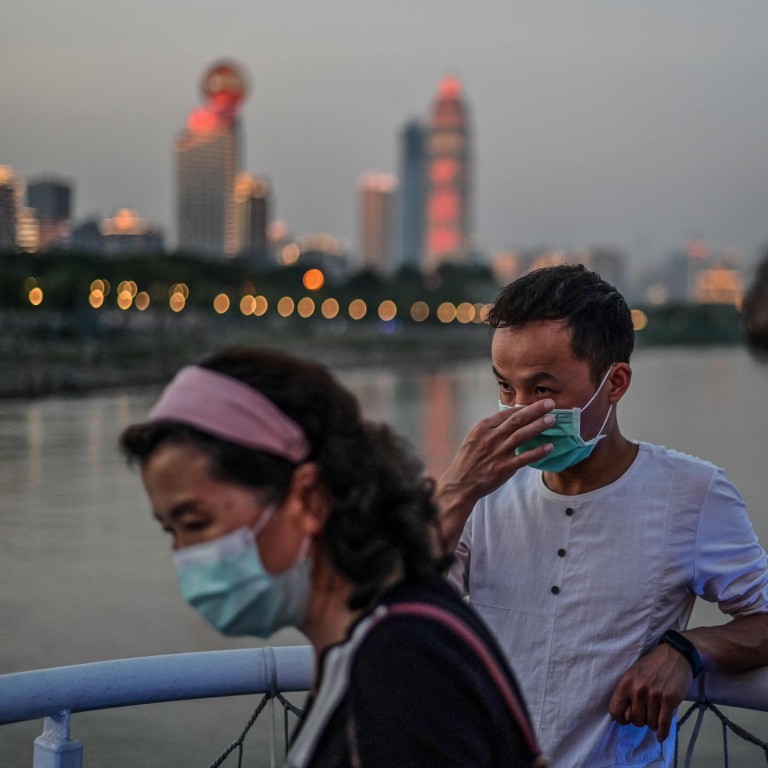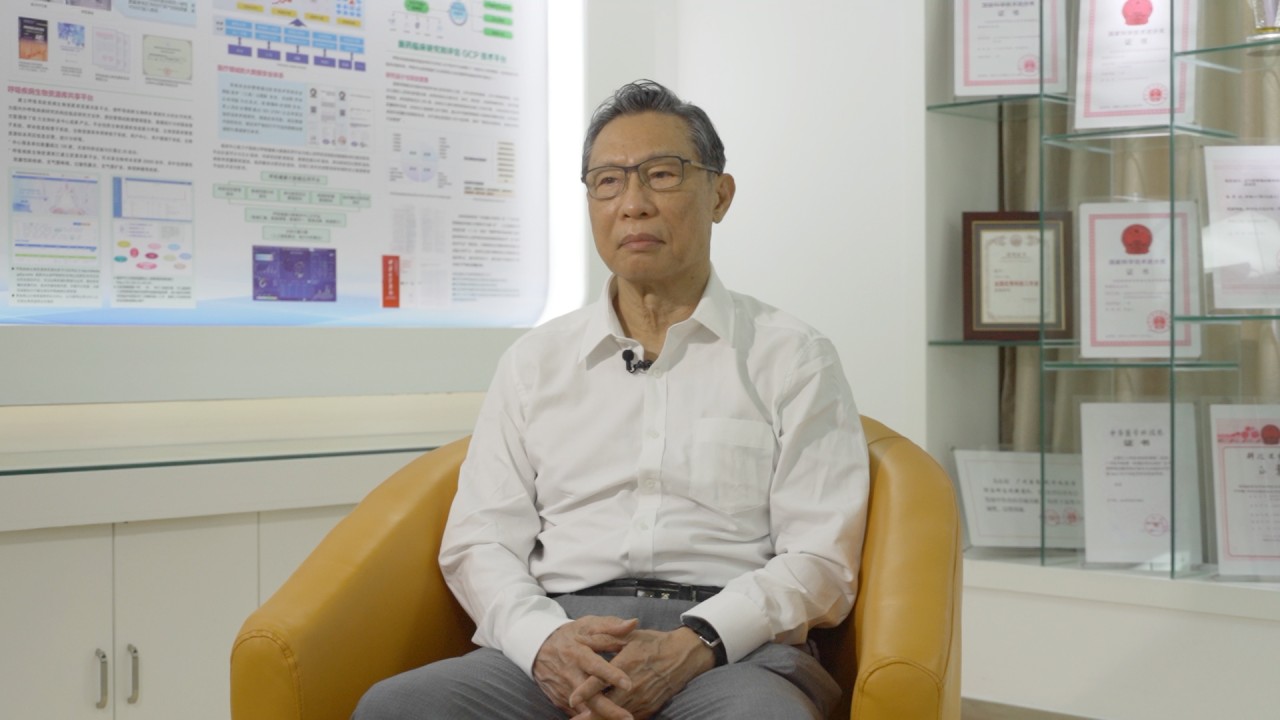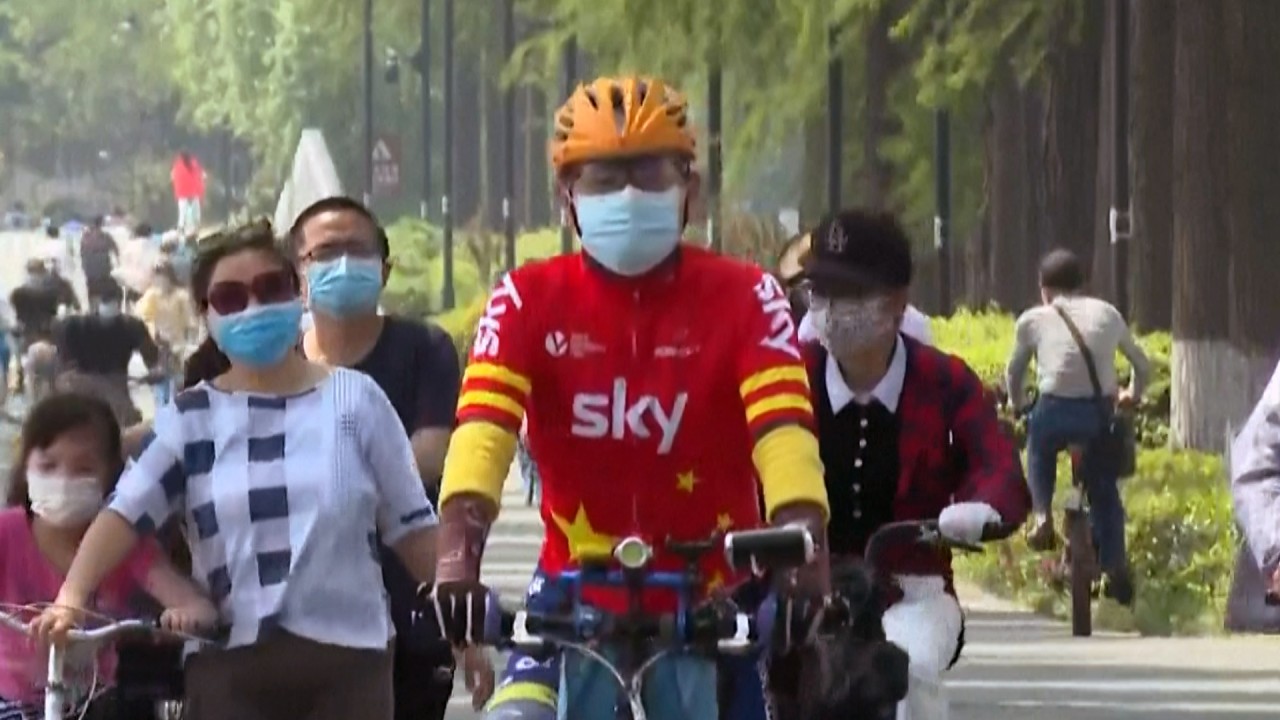
Exclusive | Coronavirus: low risk of second wave in China but stay on guard, Zhong Nanshan says
- Strict community controls helped to fend off the first wave but the country must not be complacent, top Chinese respiratory disease adviser says
- Large-scale sample tests could give researchers better understanding of the extent of the pathogen in the population, he suggests
In an exclusive, wide-ranging interview with the Post, veteran Chinese infectious disease expert Zhong Nanshan shares his insights into the global battle to control the Covid-19 pandemic. In this final part of a four-part series, Zhong discusses why a second wave in China is unlikely.
China’s ‘Sars hero’ Zhong Nanshan urges Hong Kong to relax border controls with mainland and Macau
“With our intensive follow-up monitoring procedures, the risks of a second wave [of coronavirus infections] exists but another peak is unlikely to occur [in China],” Zhong Nanshan said in an exclusive interview with the South China Morning Post.
Zhong, an 83-year-old epidemiologist who heads a team of experts advising the leadership on the pandemic, said the authorities should not be complacent as the coronavirus was continuing to spread around the world. In addition, most people in mainland China, Hong Kong, and East Asia had yet to develop immunity to the pathogen because of controls taken when the coronavirus first hit.
“Given these circumstances, if there were no strict control measures, there would be a second wave of infections,” he warned.
China’s top virus warrior ‘shocked’ by US coronavirus death toll
“The key measures in communities were quarantines in the early stages and contact tracing,” he said.
China’s measures also included a draconian lockdown across the country, nationwide travel bans and the mining of personal telecom information to track contacts.
Less than two months after the lockdown started in late January, China’s new reported domestic infections had dropped to almost zero, just as the pandemic escalated around the world.

04:09
Chinese respiratory disease expert on origins of Covid-19 and Wuhan virus lab conspiracy theories
Football matches have resumed and shops reopened in Germany, and France has lifted travel restrictions. In the United States, 47 states plus Puerto Rico had lifted restrictions as of May 21, even though almost half of these jurisdictions still have uncontrolled coronavirus spread, according to scientists from Imperial College London.
Coronavirus origin research hit by political agendas, China’s ‘Sars hero’ says
Addressing the World Health Assembly last week, World Health Organisation director general Tedros Adhanom Ghebreyesus cautioned that a hasty resumption of business would be risky, given that most of the world’s population remained vulnerable to the virus.
“Even in the worst-affected regions, the proportion of the population with the telltale antibodies is no more than 20 per cent, and in most places, less than 10 per cent,” Tedros said.
To better understand the disease and prevent another outbreak, Zhong suggested China do sample antibody testing across the country.
“This would be very valuable because it could help us understand how many people have been infected and the information would be very important for the government in preventing the next epidemic,” he said.
The US Centres for Disease Control and Prevention has conducted various blood sample surveys to learn more about Covid-19, the disease caused by the coronavirus. It also plans a nationwide study of up to 325,000 people to track the spread of the coronavirus, according to Reuters.
Zhong said China should carry out antibody tests in addition to swab tests to help guide decision-makers in containing the virus.
It would be impossible to test all 1.4 billion people in China, but samples could be collected in three areas, ranging from hard-hit parts of the country such as Wuhan and Hubei province; moderately affected areas regions like Guangdong and Zhejiang provinces; and other areas to give a comparison.

01:06
Wuhan to do fresh Covid-19 tests on its 14 million residents after new case cluster found
Meanwhile, Zhong reminded people to be on their guard because there were still many unknowns about the virus.
“Infections have begun to slow in the northern hemisphere. As the southern hemisphere [goes into winter], will there be more infections? [We just] don’t know,” he said. “I expect [the situation] will be better in the northern hemisphere in the second half of this year, but in the southern hemisphere, like Brazil … we need to be highly vigilant.”
Brazil has the second-highest number of cases in the world after the US, with 375,000 confirmed cases and 23,000 deaths.

01:36
China sees double-digit rises in Covid-19 infections with local cases in Wuhan and in the northeast
Nevertheless, Zhong was optimistic that some social distancing measures could be eased in China in the summer.
“Most viruses become less active when the temperature reaches 30-35 degrees Celsius, so the infectiousness will naturally fall,” he said.
“I think we can consider lifting [some] measures by mid-June especially for those related to outdoor activities.”


